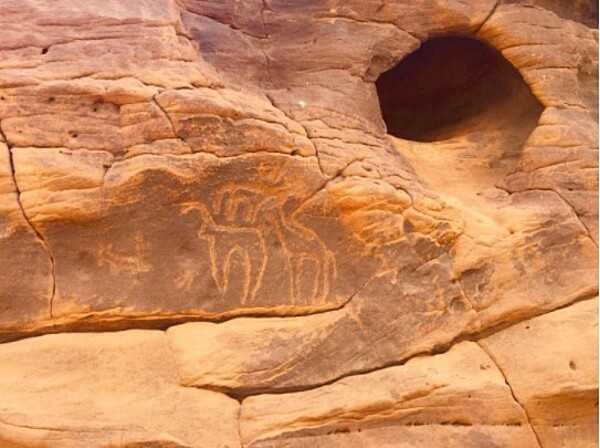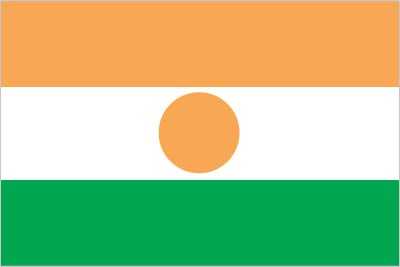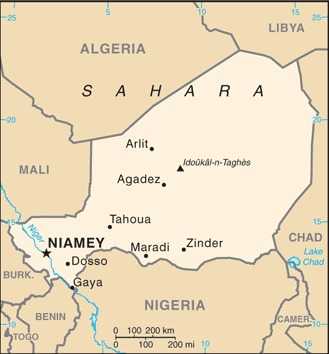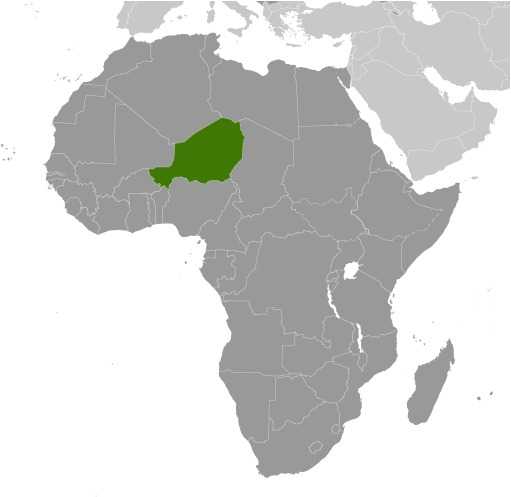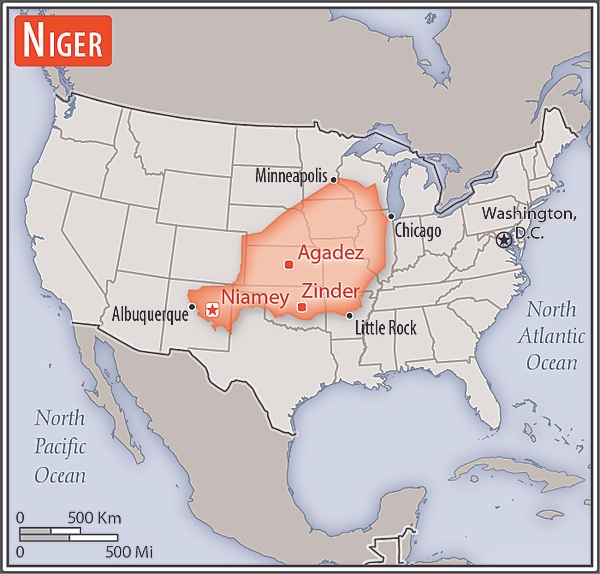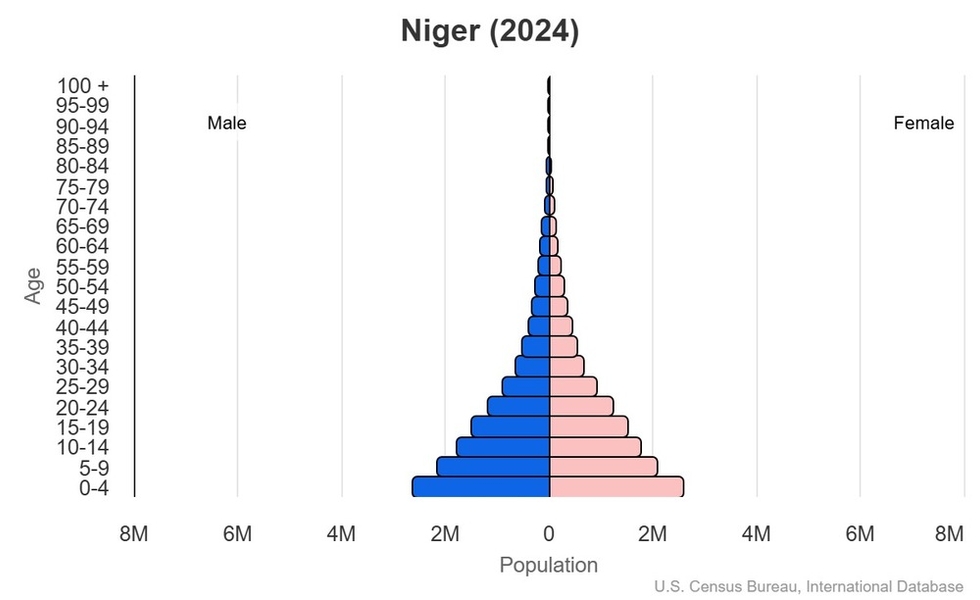Introduction
Visit the Definitions and Notes page to view a description of each topic.
Geography
People and Society
Population
comparison rankings: total 55; male 55; female 56
Median age
comparison ranking: total 229
Population growth rate
comparison ranking: 2
Birth rate
comparison ranking: 1
Death rate
comparison ranking: 44
Net migration rate
comparison ranking: 125
Maternal mortality ratio
comparison ranking: 22
Infant mortality rate
comparison ranking: total 6
Life expectancy at birth
comparison ranking: total population 218
Total fertility rate
comparison ranking: 1
Obesity - adult prevalence rate
comparison ranking: 176
Alcohol consumption per capita
comparison ranking: total 177
Tobacco use
comparison ranking: total 147
Children under the age of 5 years underweight
comparison ranking: 1
Education expenditure
comparison ranking: Education expenditure (% GDP) 100
Environment
Carbon dioxide emissions
comparison ranking: total emissions 148
Government
Economy
Real GDP (purchasing power parity)
comparison ranking: 132
Real GDP growth rate
comparison ranking: 10
Real GDP per capita
comparison ranking: 207
Inflation rate (consumer prices)
comparison ranking: 174
GDP - composition, by sector of origin
comparison rankings: agriculture 6; industry 147; services 172
Industrial production growth rate
comparison ranking: 4
Labor force
comparison ranking: 53
Unemployment rate
comparison ranking: 3
Youth unemployment rate (ages 15-24)
comparison ranking: total 189
Gini Index coefficient - distribution of family income
comparison ranking: 98
Current account balance
comparison ranking: 152
Debt - external
comparison ranking: 76
Energy
Electricity
comparison rankings: installed generating capacity 156; consumption 154; imports 74; transmission/distribution losses 75
Energy consumption per capita
comparison ranking: 190
Communications
Telephones - fixed lines
comparison ranking: total subscriptions 152
Telephones - mobile cellular
comparison ranking: total subscriptions 75
Broadband - fixed subscriptions
comparison ranking: total 180
